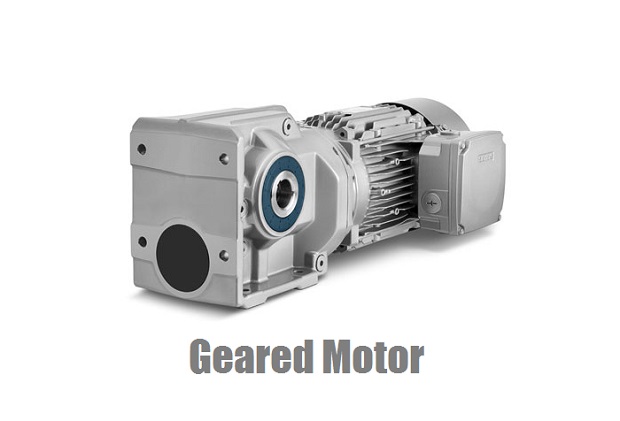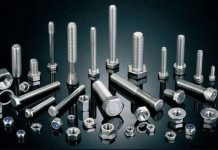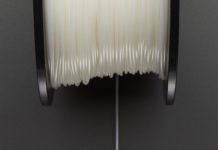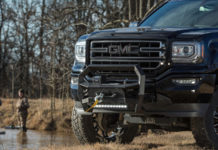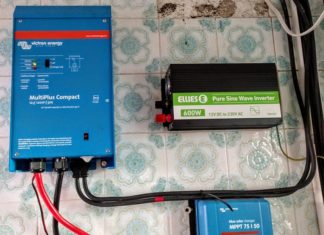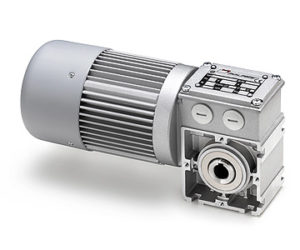
A gear motor is an all-in-one combination of gears or a gearbox and an electric motor. The gears are used to lower the motor’s speed while increasing torque. So a gearbox, for example, is an external series of gears used to maintain a high torque output while reducing the speed of the motor. In a geared motor however, the gears and the motor are a single unit.
The gear motor simplifies the implementation and design of motors in machinery by eliminating the need for integration and design of a separate gear box or gear reducers and a motor. Furthermore, this elegant design reduces engineering costs. Geared motors come in variety of designs and all of those designs serve different purposes and are applied to different types of machinery, ranging from smaller geared motors used in clocks, to larger ones used in robotics.
There are two basic principles on which a geared motor operates, AC and DC. Most of them have input of about 3500 RPM (revolutions per minute). These types of motors also have two speed specs: normal and stall-speed torque specs. They’re primarily used to reduce speeds to get more torque, which is accomplished by a gear box or a series of gears to the main motor shaft, and rotor through a secondary reduction shaft. Generally speaking, the output is going to be lower when the train of reduction gears is longer.
For example, a great example of this working principle is the electric time clock. The AC motor that’s used to power the time clock will spin the rotor at approximately 1500 RPM. However, the reduction gears will slow the movement of the hands on the clock. So while the rotor spins at around 1500 RPM, the reduction gears allow the end secondhand gear to spin at only one revolution per minute, thus allowing the secondhand to make one complete RPM on the face of the clock.
Gear motors are also commonly used in commercial applications, where heavy objects need to be moved by the high amount of force exerted by a piece of equipment (think a crane). If you’ve ever seen a crane at work, you’ve seen one of the best examples of how gear motors work. The electric motor used in cranes is a type that uses the most basic principles of work – reducing speed to increase force or torque.
Bottom line is, depending on what you need a gear motor for, you should look at different designs that are more suitable for your DIY projects or commercial use. Being informed is key when dealing with gear motors.

